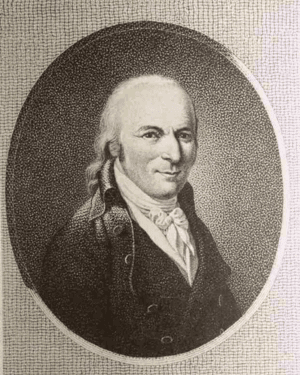Travels in a Palanquin
In the seventeenth century, their Golden Age, the Dutch excelled at painting, innovative business enterprise and adventurous sea travel, voyaging to Africa, Asia, and North and South America. They came upon the Chinese and Japanese, Persians and Javanese, Indians, Khoikhois, Inuit, Papuans, Easter Islanders and Tierra del Fuegians, for whom it was often their first contact with Europeans. Dozens of Dutch seamen, merchants, administrators and military men wrote reports of their travels and encounters, creating a literary genre that became extraordinarily popular in the Netherlands. Sober yet entertaining, their books offered an irresistible combination of adventure, drama and observation. Through the many translations, readers in the rest of Europe gained their first insights into distant regions.

An early example of the genre is a book by Gerrit de Veer, one of the survivors of the winter of 1596 on Nova Zembla, where a ship carrying seventeen Dutchmen became trapped in pack ice during a failed expedition to Asia. They survived the harsh conditions in a house built of driftwood and man- aged, by some miracle, to return to the Netherlands. De Veer’s gripping account became an instant bestseller that is eagerly consumed in the Netherlands to this day (a film based on the book became a box-office hit in 2011).
Other outstanding practitioners of the rich Dutch travel- writing tradition are Adriaen van der Donck, Johan Nieuhoff and Willem Bosman. In 1655 Van der Donck, in service with the Dutch West India Company, was the first to give a detailed description of the lives of the Native Americans in the colony of New Netherland, along the Hudson and Delaware rivers. That same year, Nieuhoff travelled on behalf of the Dutch East India Company to the imperial court in Peking. He failed to secure any trading contracts, but his account is one of the live- liest descriptions we have of seventeenth-century China. Half a century later, Bosman shocked his readers with a disturbing depiction of the slave trade on the Gold Coast (present-day Ghana), where he had become a powerful merchant at the Elmina slave fort.
Two centuries of Dutch stories from overseas
— Gerrit de Veer, A True Description of Three Voyages by the North-East towards Cathay and China (Waerachtighe beschryvinghe van de drie seylagien, ter werelt noyt soo vreemt ghehoort, Amsterdam 1598) — Adriaen van der Donck, Description of New Netherland (Beschyvinge van Nieuw Nederlant, Amsterdam 1655) — Johan Nieuhoff, An Embassy from the East-India Company of the United Provinces to the Grand Tartar Cham, Emperor of China (Het gezantschap der Neerlandtsche Oost-In- dische Compagnie aan den grooten Tartarischen Cham, of Sineeschen Keizer, na Peking in Sina, Amsterdam 1665) — Willem Bosman, A New and Accurate Description of the Coast of Guinea, Divided into the Gold, the Slave, and the Ivory Coasts (Nauwkeurige beschryving van de Guinese Goud- Tand- en Slavekust, Utrecht 1704) — Jacob Haafner, Travels in a Palanquin (Reize in eenen Palanquin, Amsterdam 1808)
Haafner deserves to be wrested from oblivion if only because he was so progressive in his day.
Maarten ’t Hart
